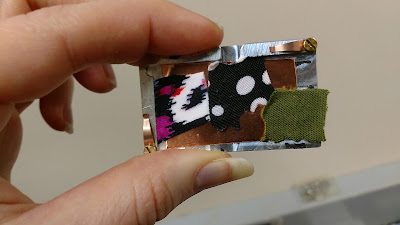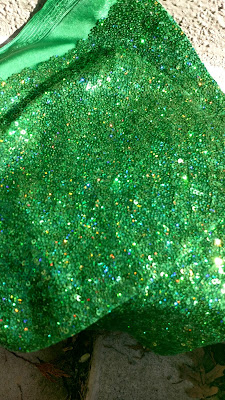Up Close with Knit Fabrics, Part II

Welcome to the final (for now) edition of Up Close with Fabrics - Knits, Again. I think this will be the last one for a while, at least until I diversify my stash a bit. I know I haven't done any silk...but beyond that I'm a bit out of ideas. But this will resume periodically when and if I discover some new textiles or if I get any requests. Today I have four knits that are pretty different to the eye and hand, but turn out to be pretty similar in structure. First up I have a light-medium weight polyester ITY jersey from Cali Fabrics: (L) Nylon lycra print; (C) Polka dot ITY 31x 109x 1440x Polyester fibers are fairly smooth, as we've seen before, compared to natural cotton or wool fibers. Next up is a nylon lycra, a swimwear or activewear type of material also from Cali Fabrics: 37x 95x It has the same general knit as the ITY, a 'braided' kind of pattern. 384x 872x Moving on to a scuba knit, which Mood Fabrics calls a n


